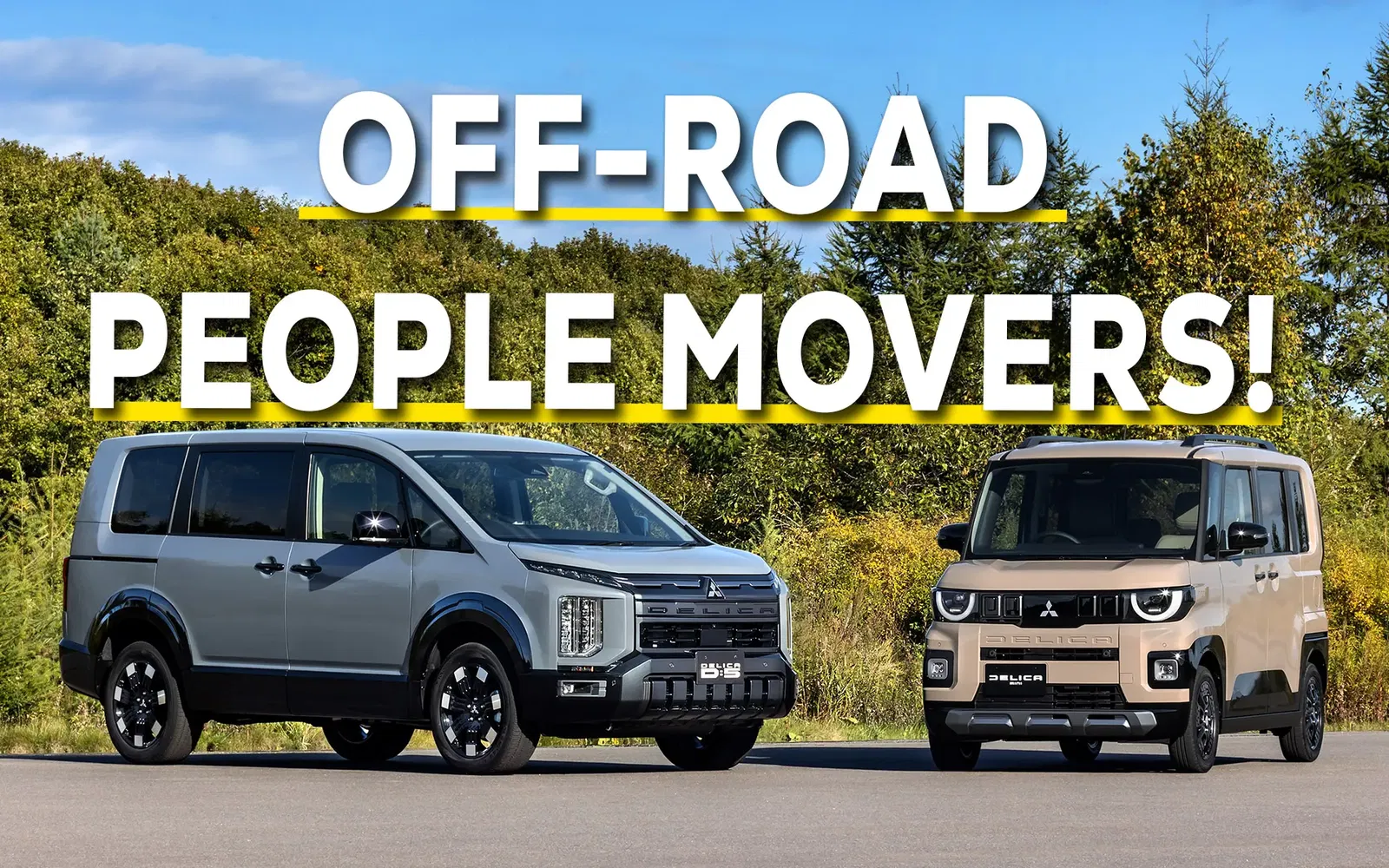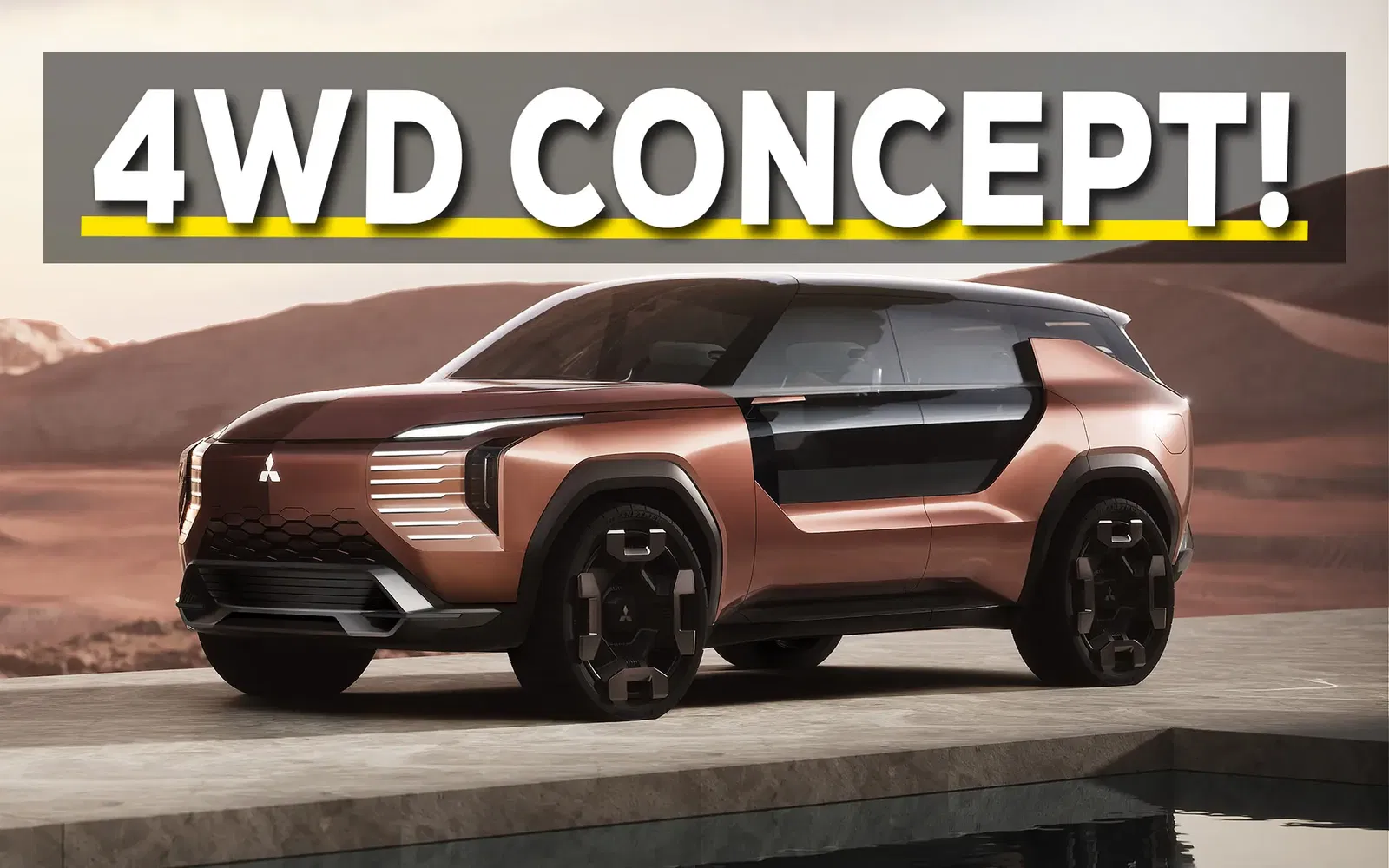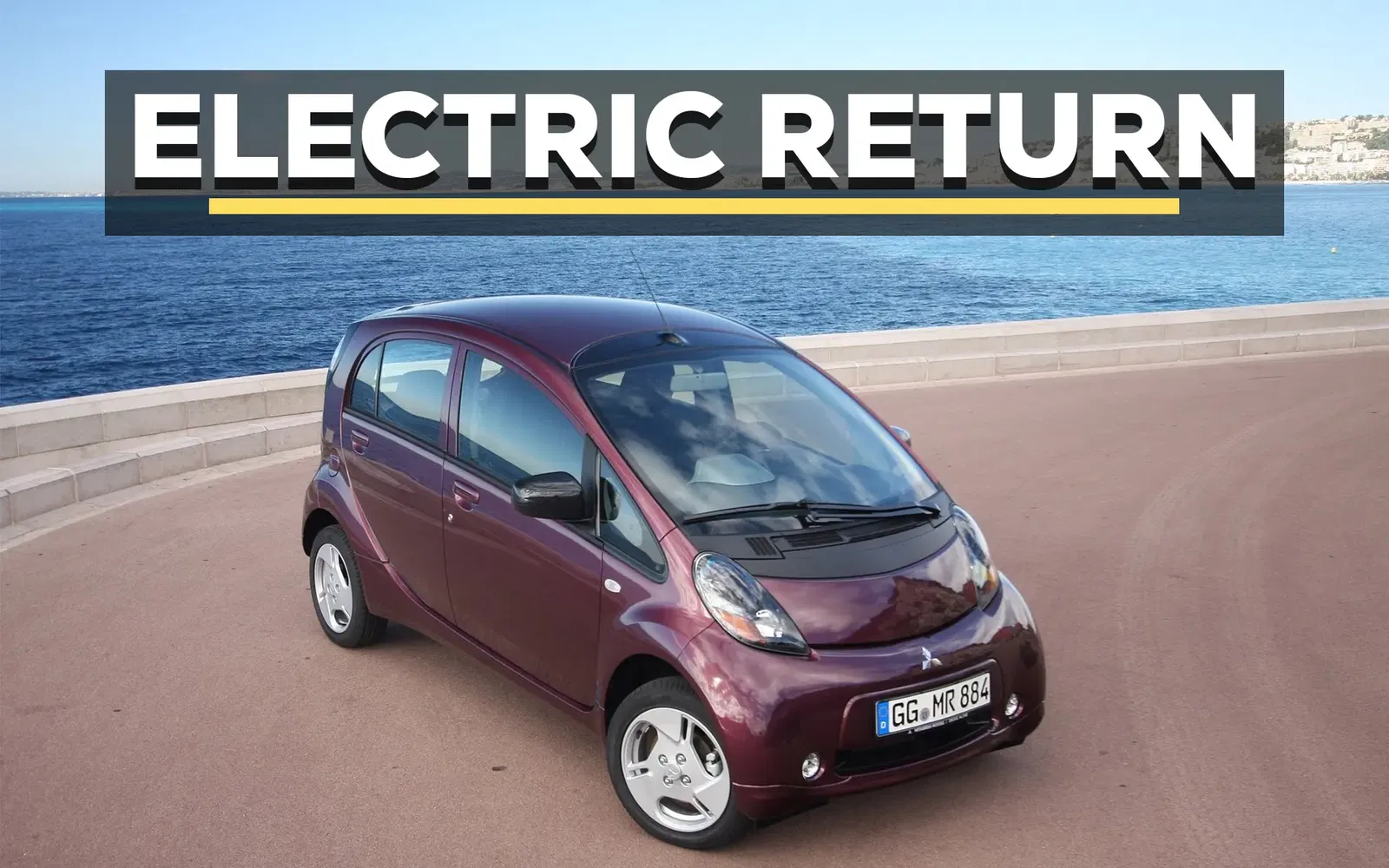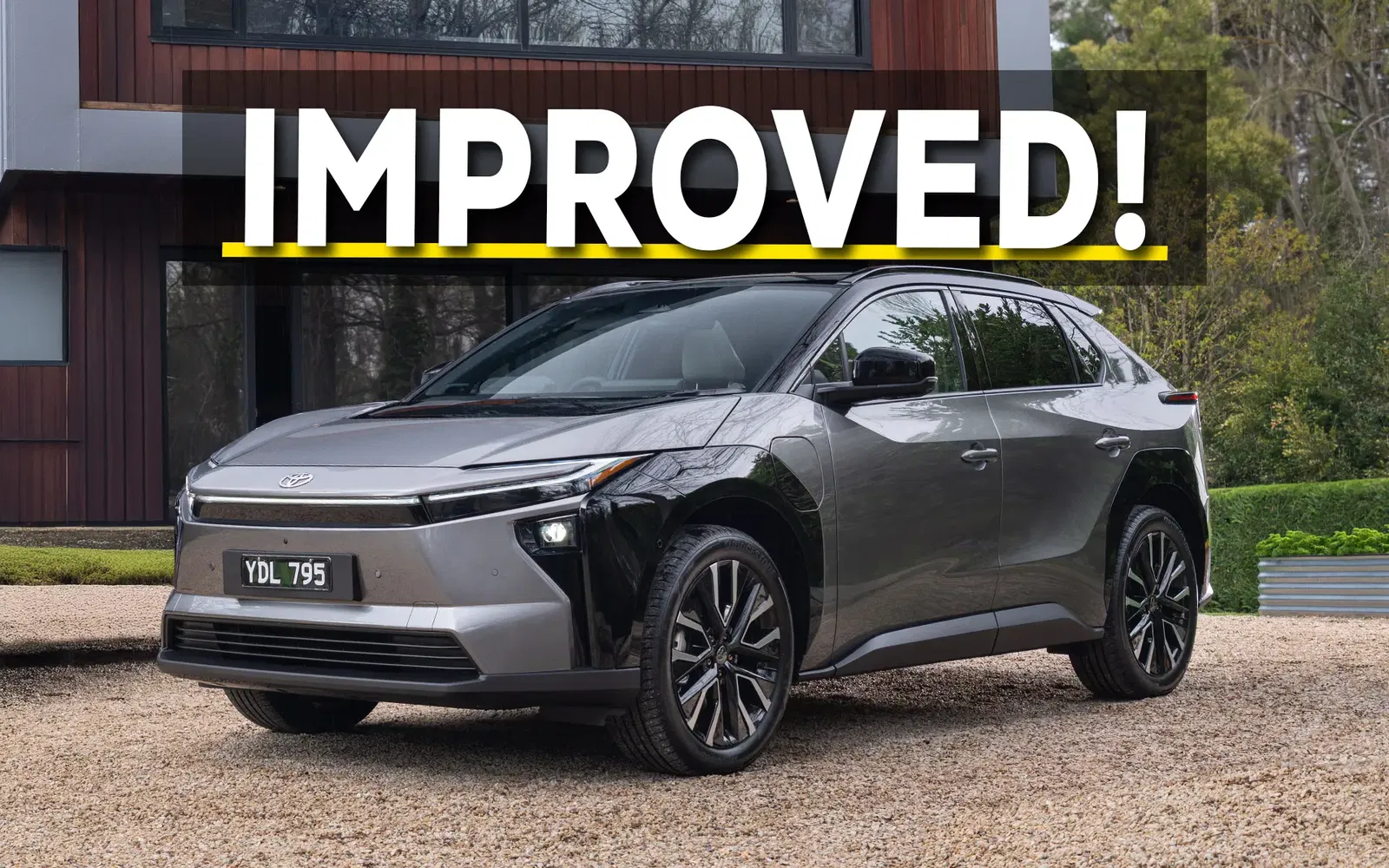Mitsubishi has unveiled the updated Delica D:5 prototype and the compact Delica Mini at the Japan Mobility Show 2025, marking the latest developments in its long-running Delica lineup.
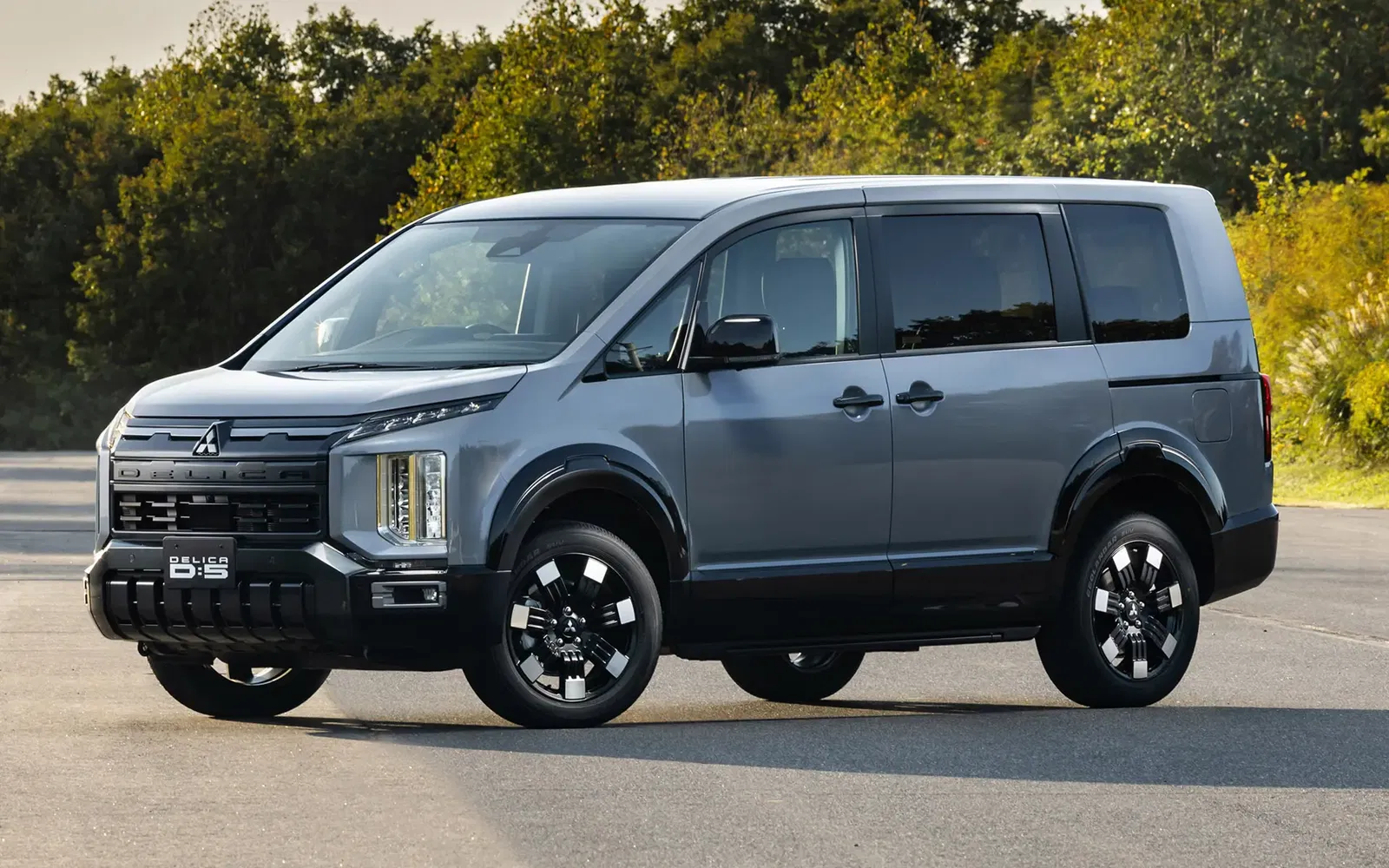
First launched in 1968, the Delica has earned a following in Japan and overseas for combining off-road capability with the practicality of a family van.
Known for its tall stance, all-wheel drive system, and versatility, it remains one of Mitsubishi’s most distinctive nameplates.
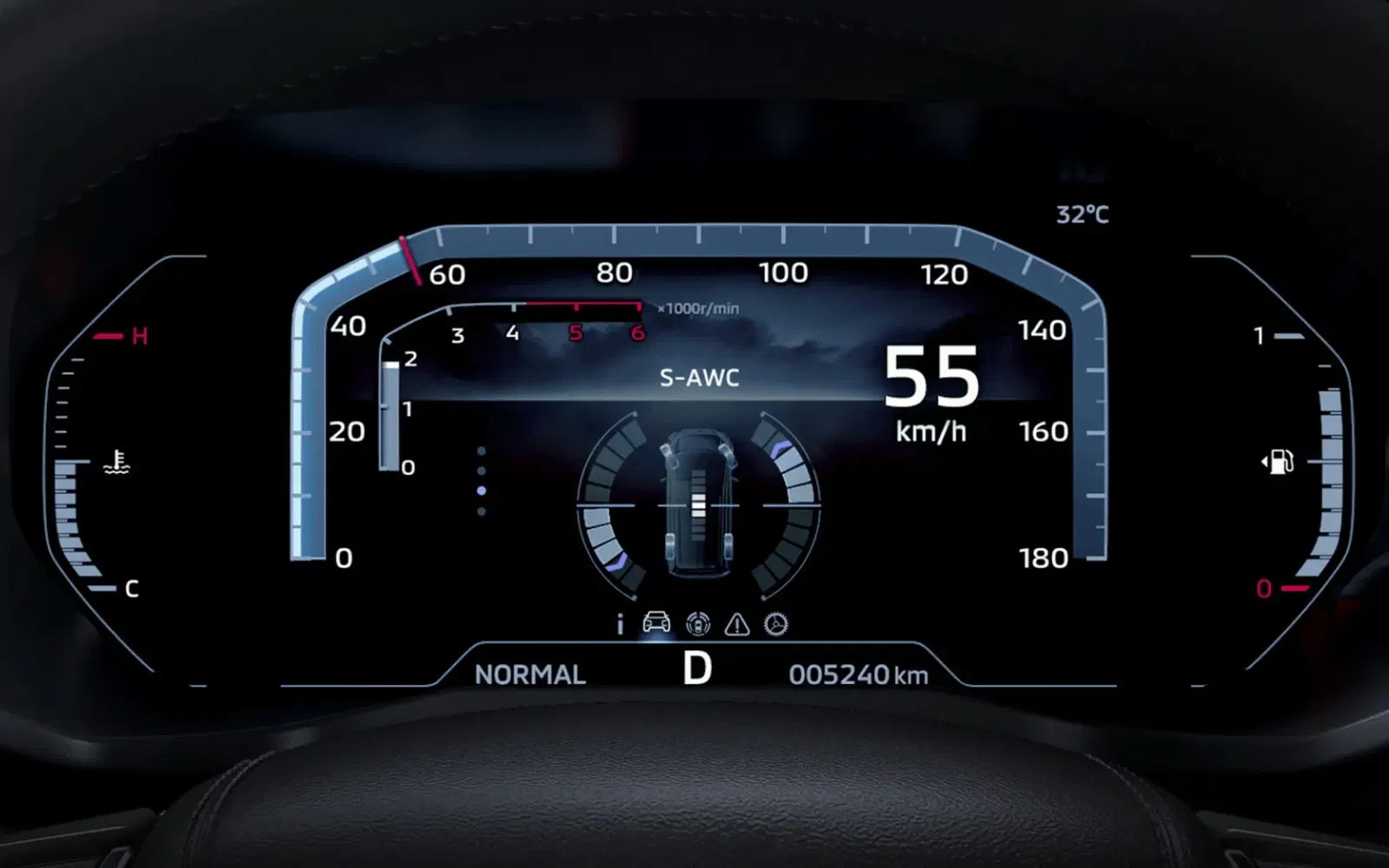
The latest Delica D:5 prototype introduces Mitsubishi’s Super-All Wheel Control (S-AWC) system and selectable drive modes - Eco, Normal, Gravel, and Snow - to improve traction and handling across varying conditions. Hill Descent Control is also included.
Externally, it gains a new front grille and bumper design, additional wheel arch mouldings, and blacked-out rear trim featuring a bold DELICA badge.
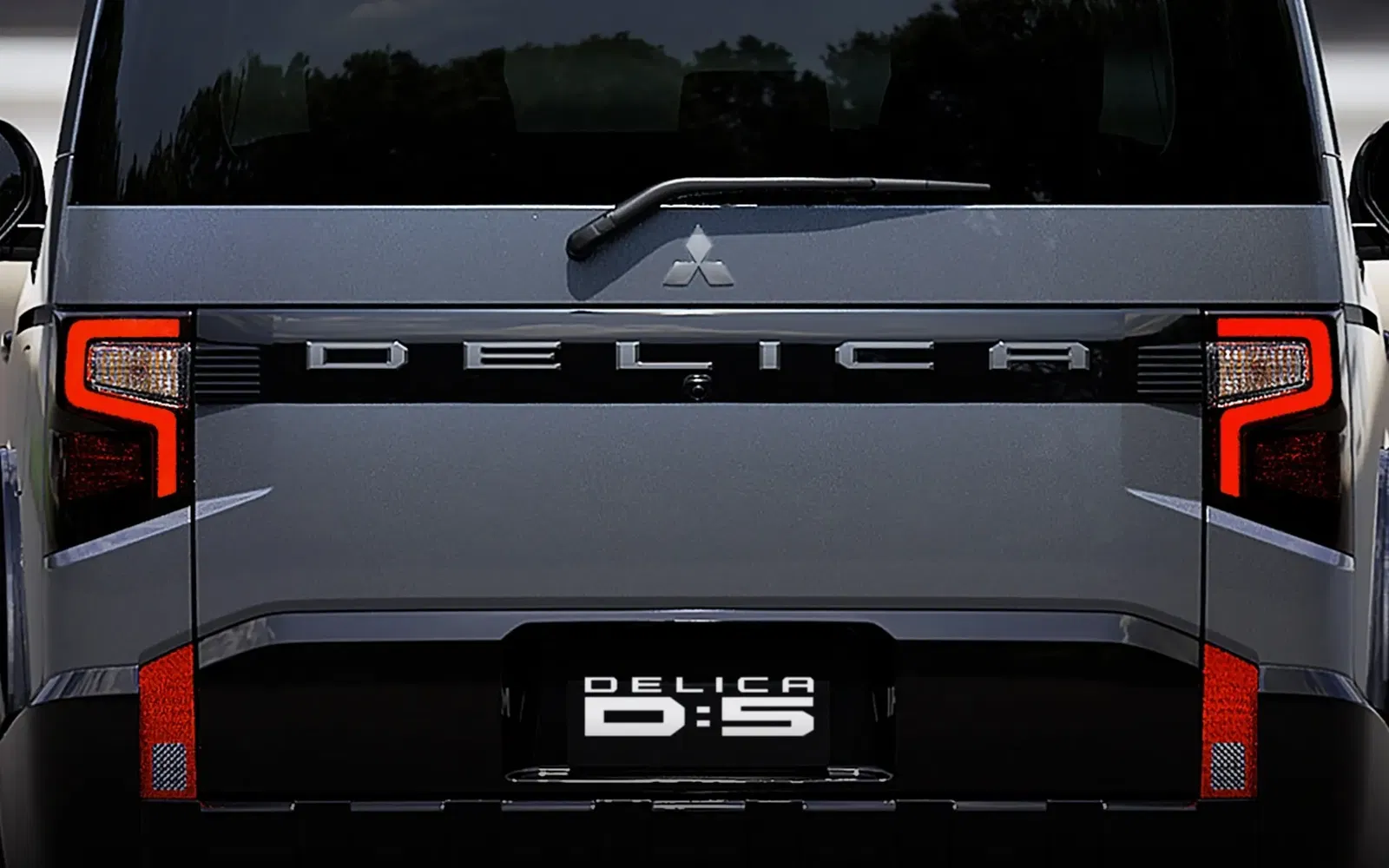
Inside, an 8-inch digital instrument cluster replaces the old analogue unit, and new materials include water-repellent suede-style upholstery with khaki stitching. Two USB-C ports have been added for convenience.
Mitsubishi is offering a 70,000 yen ($700 AUD) dealer-option credit for pre-orders registered after launch.
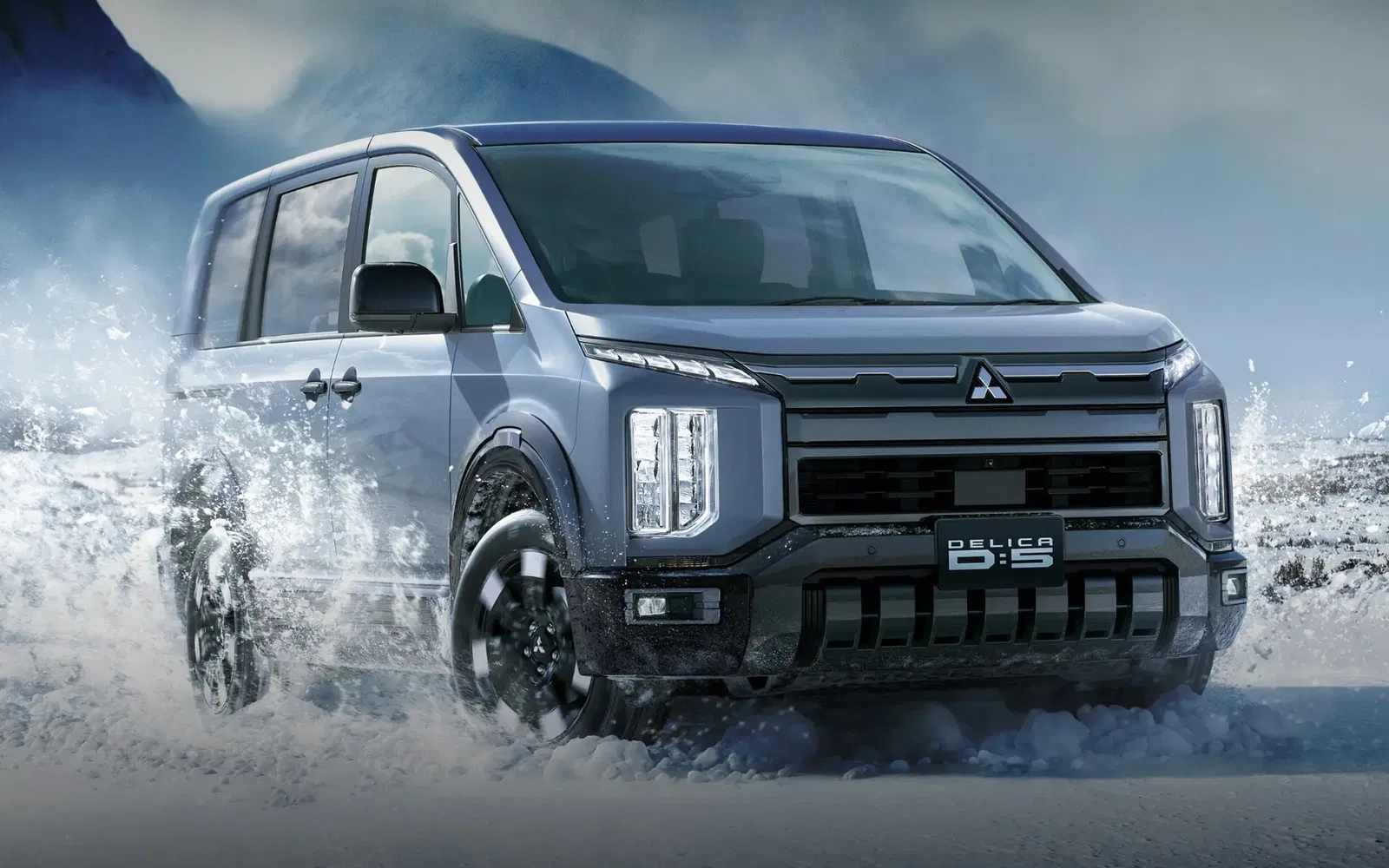
Pricing in Japan is expected to start from around 4.5 million yen ($46,000 AUD) depending on final specifications.
Alongside it, Mitsubishi also displayed the Delica Mini, a “super height-wagon” kei car that serves as a smaller companion to the D:5.
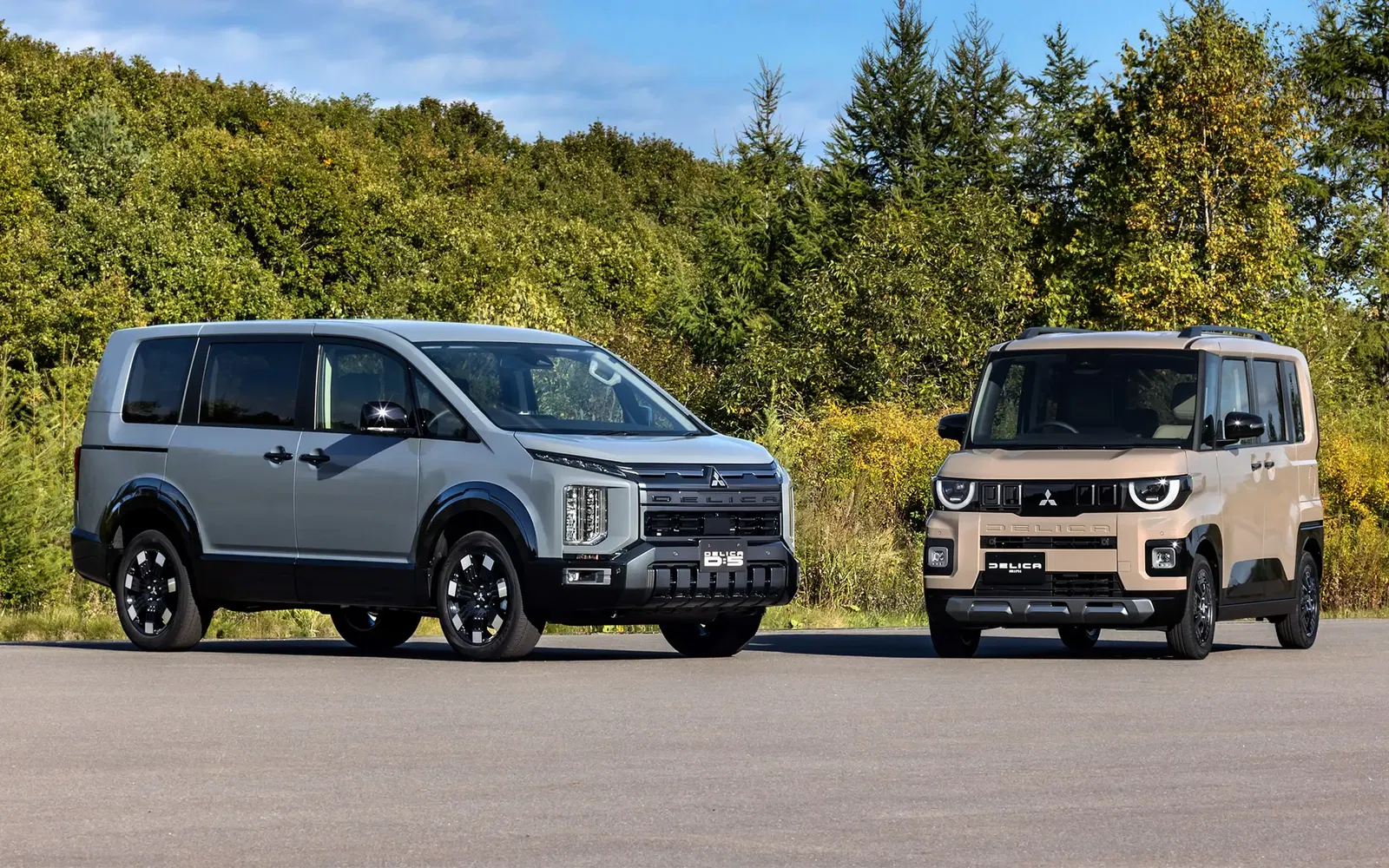
Kei cars are a uniquely Japanese class of compact vehicles restricted by engine size (660 cc) and dimensions, designed for lower tax and registration costs.
The Delica Mini is available with either a naturally aspirated or turbocharged 660 cc three-cylinder petrol engine, producing 52 PS (38kW) and 64 PS (47kW) respectively.
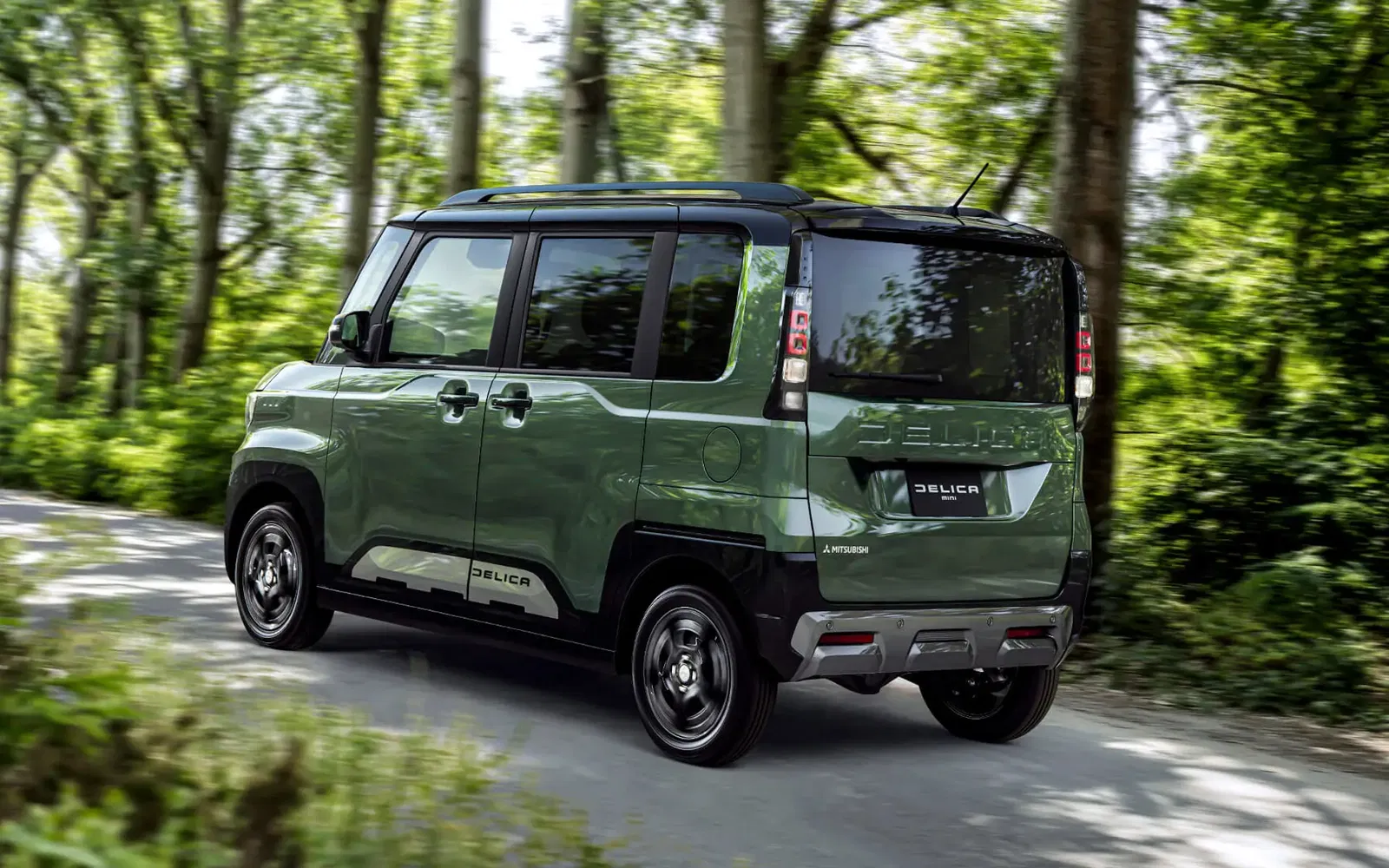
Prices range from 1,964,600 to 2,907,300 yen (approx. $20,000 to $30,000 AUD) depending on grade and drivetrain, with fuel efficiency up to 24.9 km/L (4L/100km) under the JC08 cycle.
The model offers five drive modes: Power, Eco, Normal, Gravel, and Snow, and can be specified with either 2WD or full-time 4WD.
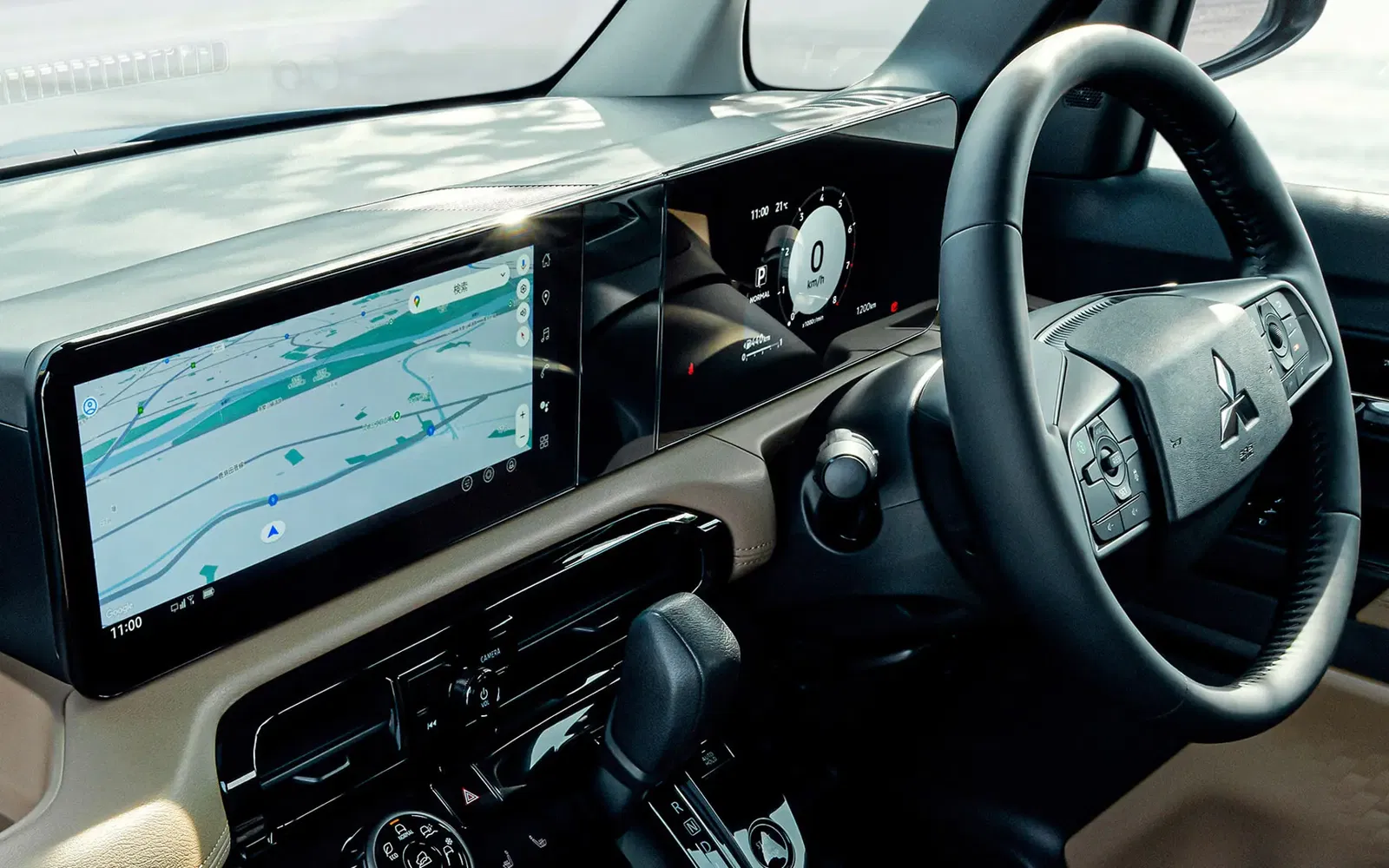
Higher grades include a 12.3-inch Google-powered infotainment system, Mitsubishi Connect services, digital rear-view mirror, and front and rear drive recorders.
Standard safety systems include Forward Collision Mitigation, Lane Departure Prevention, Rear Cross-Traffic Alert, and six airbags.
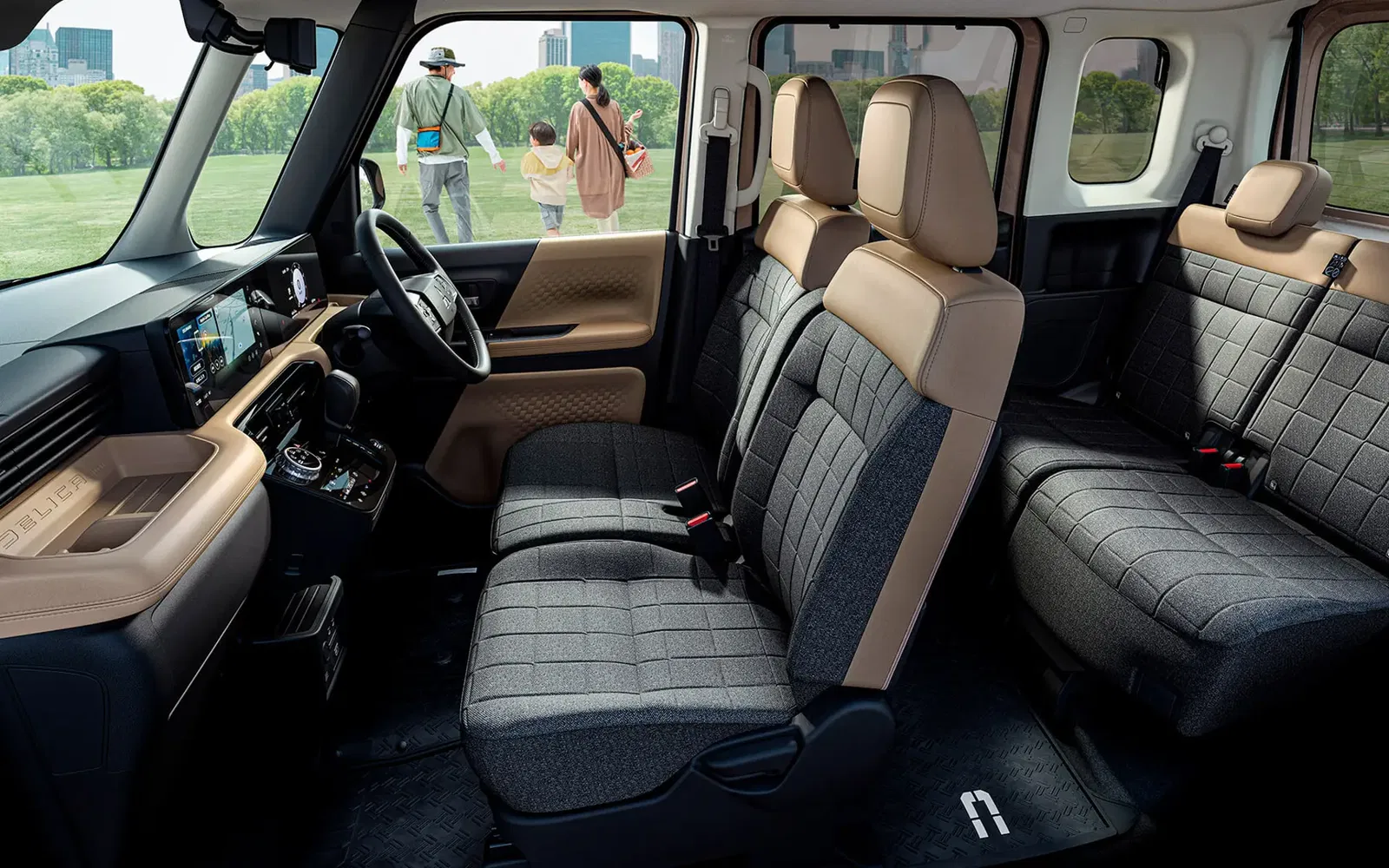
The Mi-Pilot single-lane highway assist system (combining adaptive cruise control and lane-keep assist) is available on select trims.
Both vehicles continue Mitsubishi’s approach of combining all-wheel-drive capability with family-friendly design.
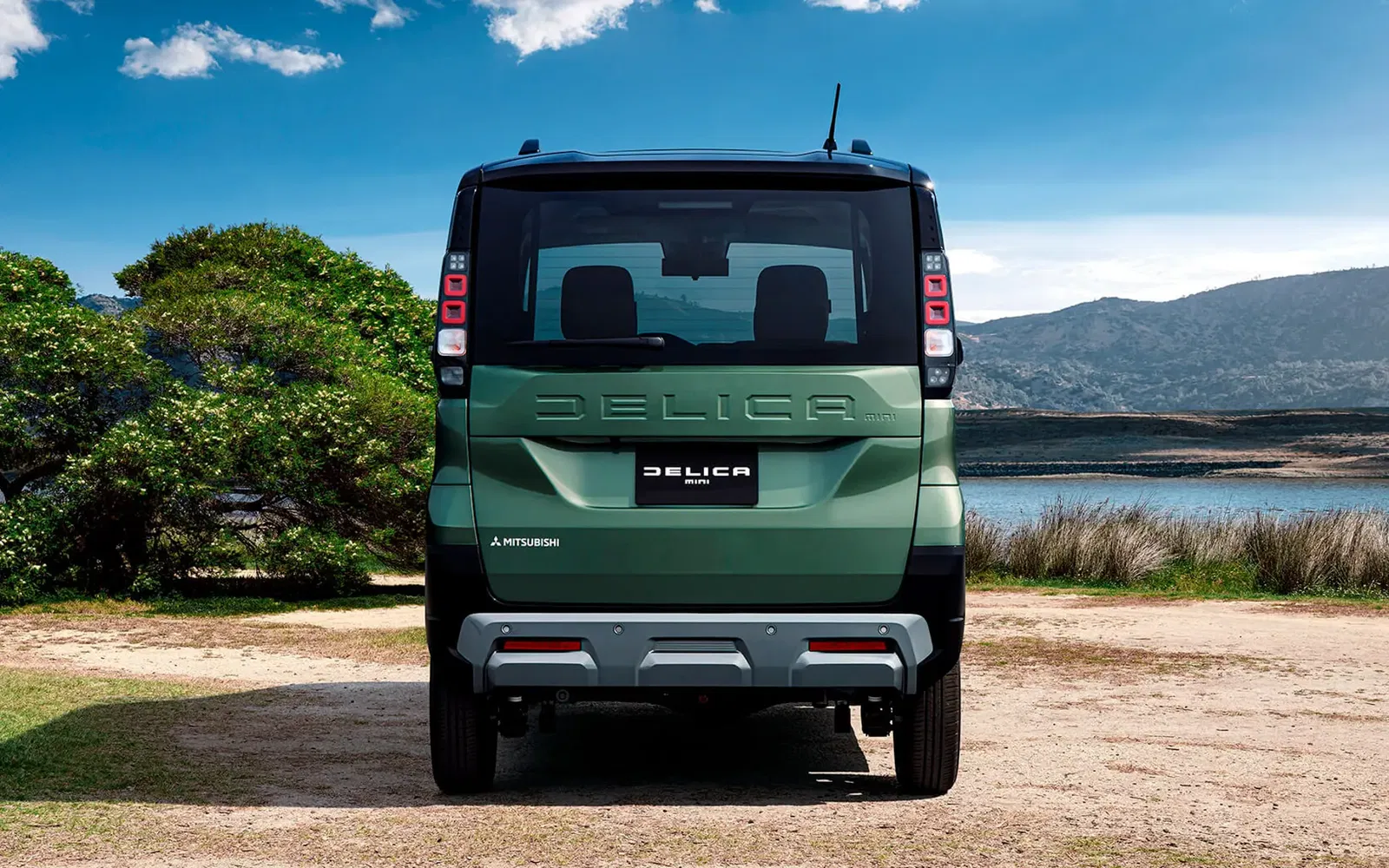
While the Delica D:5 remains positioned as a larger, more capable van for outdoor use, the Delica Mini offers a scaled-down, 'cute' version suited to Japan’s urban roads and kei regulations.
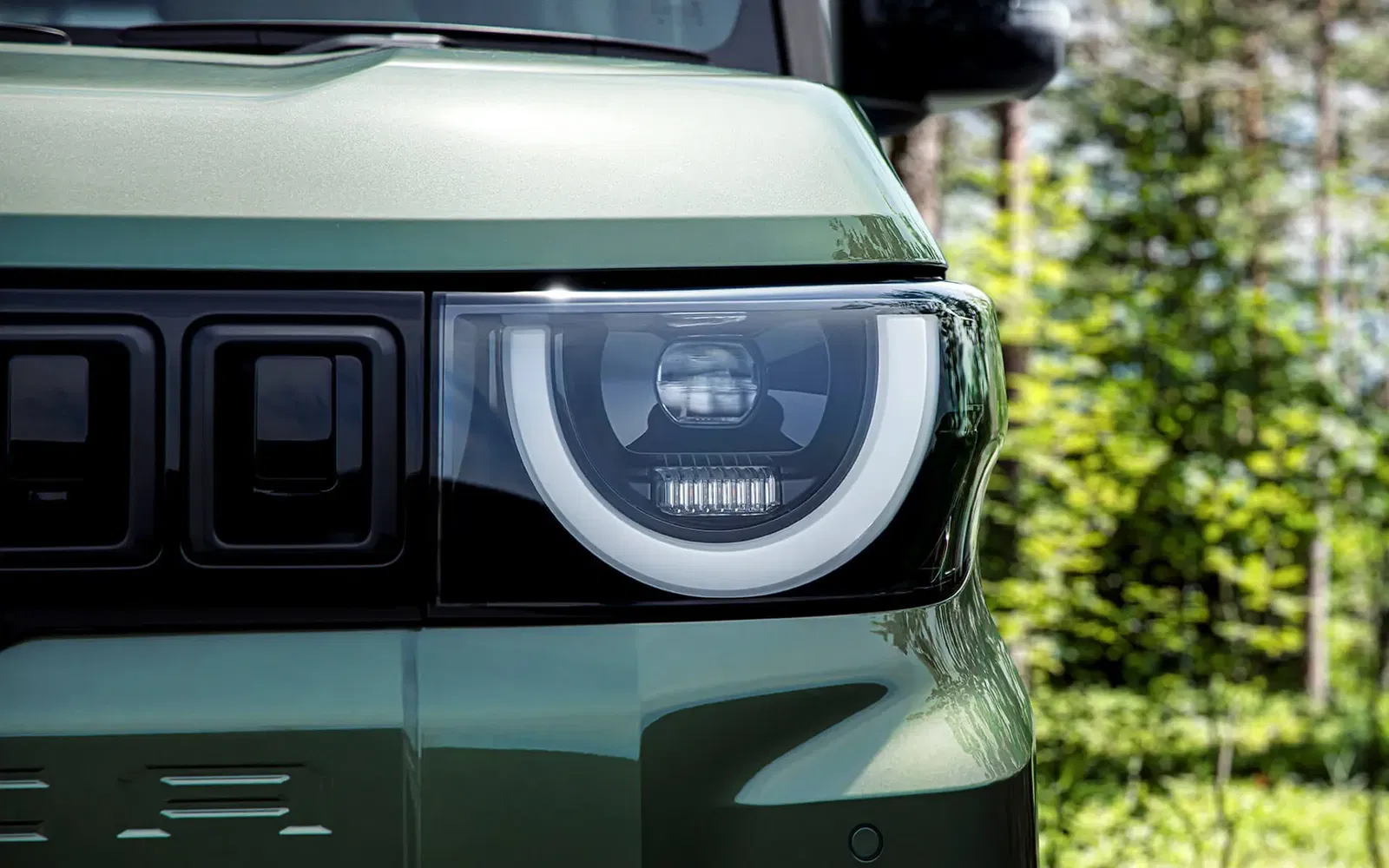
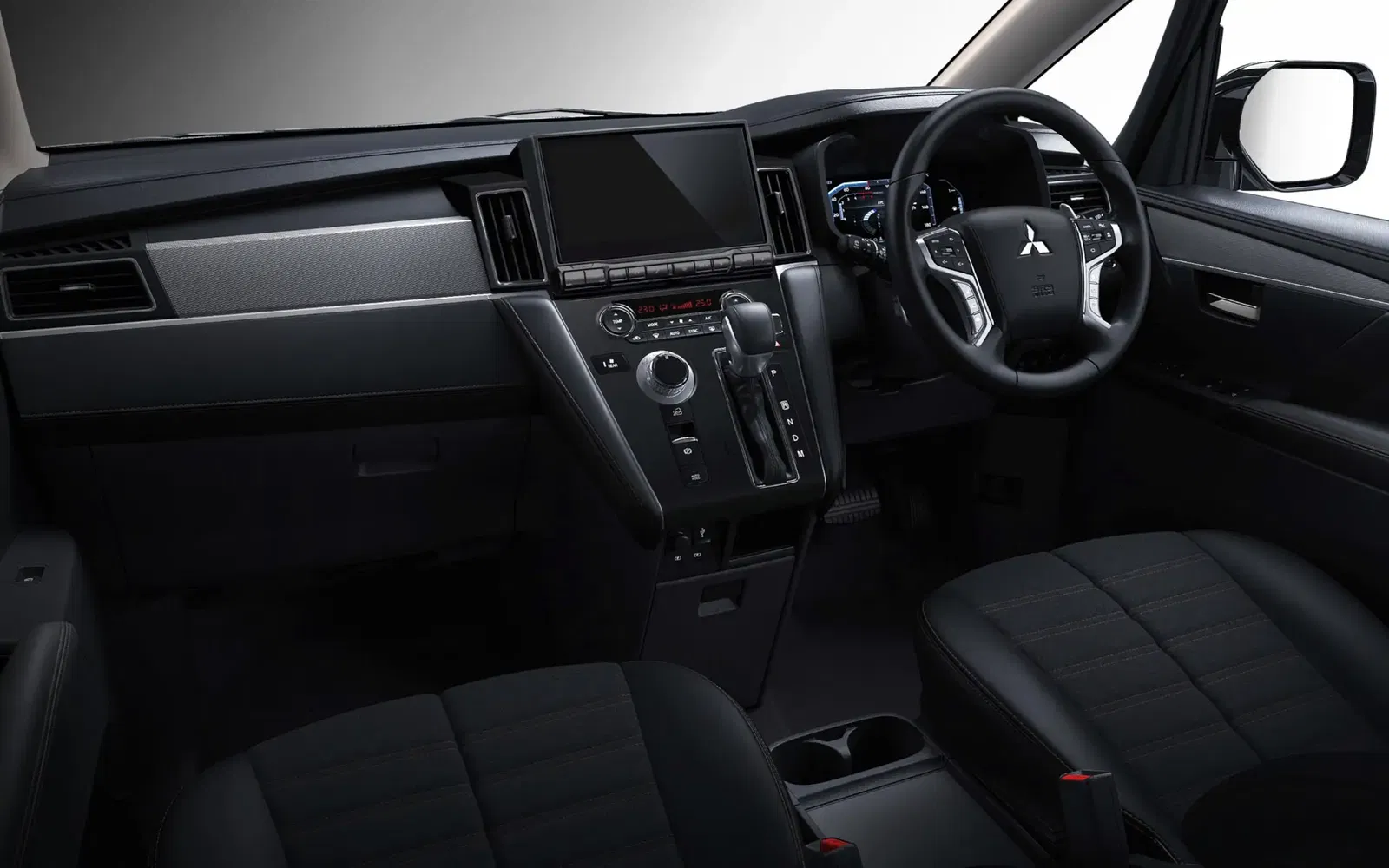
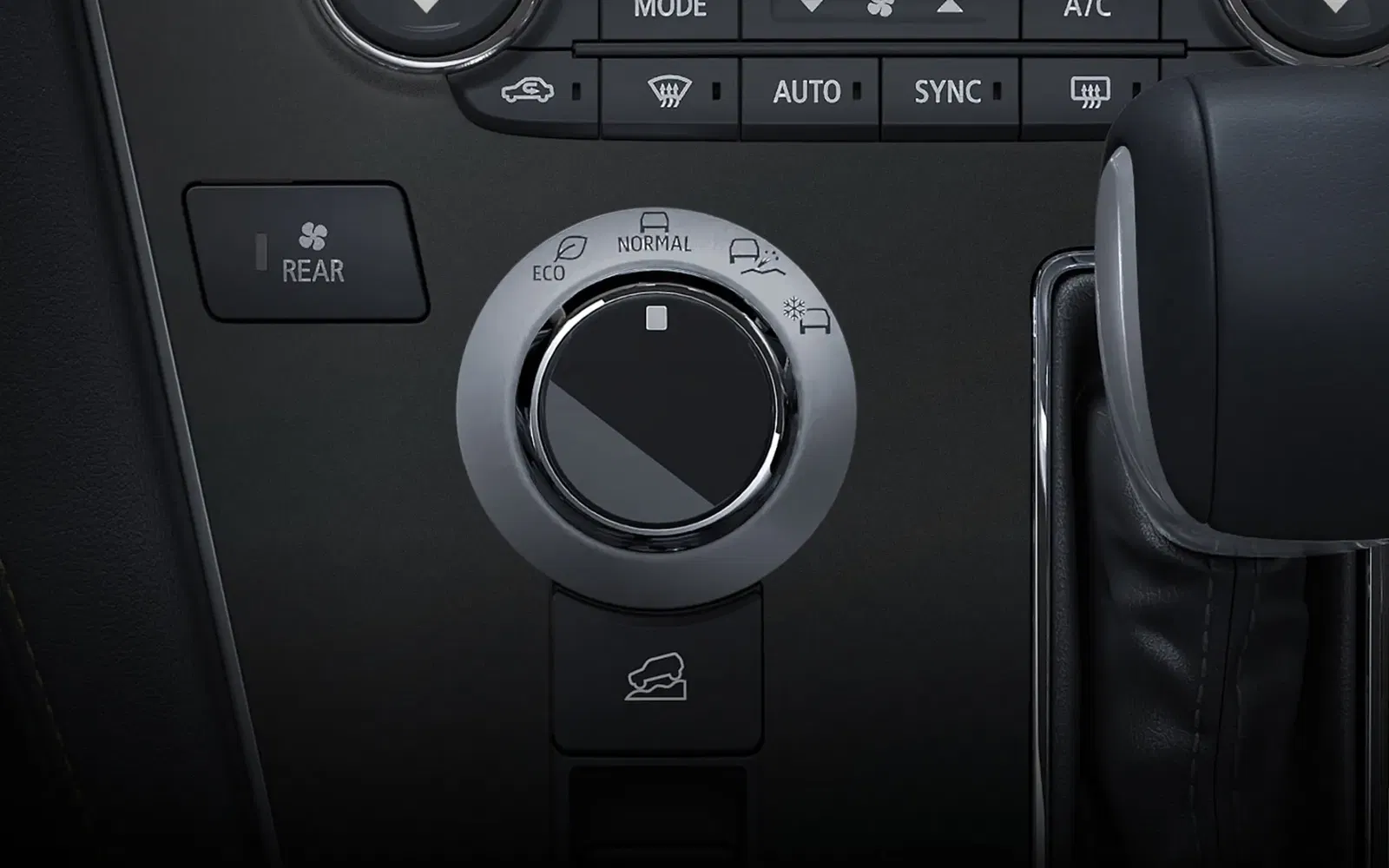
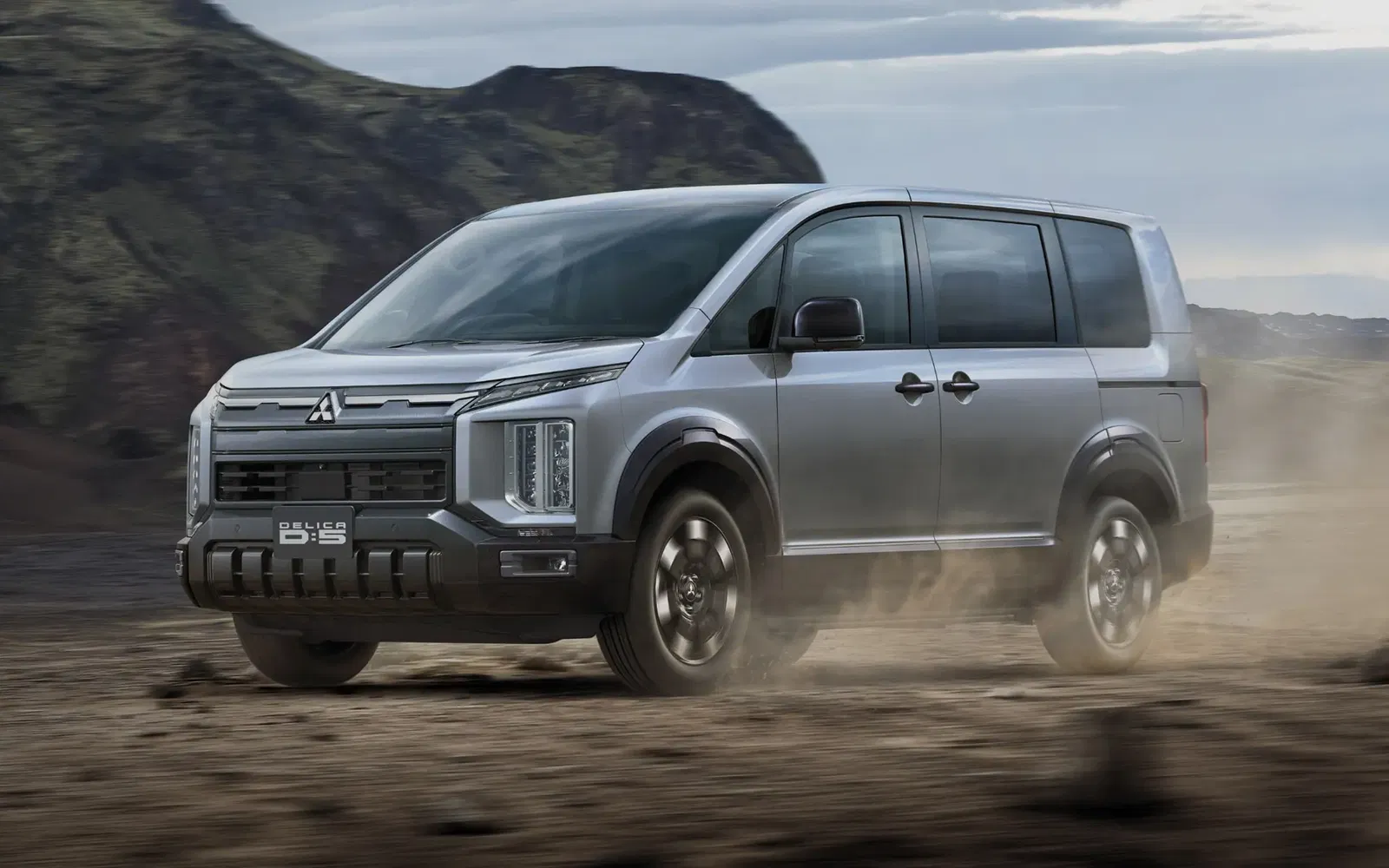
FAQ
What is the Mitsubishi Delica D:5?
The Delica D:5 is a large all-wheel-drive van that combines people-mover practicality with SUV-like capability. The model has been part of Mitsubishi’s lineup since 1968 and is known for its tall stance and off-road ability.
What changes were made to the Delica D:5 prototype?
The updated D:5 adds Mitsubishi’s Super-All Wheel Control (S-AWC) system, four selectable drive modes, and Hill Descent Control. The exterior gains a new grille, bumper, wheel arch mouldings, and black trim. The interior receives digital gauges, new seat materials, and USB-C ports.
When will the updated Delica D:5 go on sale?
Mitsubishi has begun pre-orders in Japan, and deliveries are expected to start after its domestic release in 2026.
What is the Mitsubishi Delica Mini?
The Delica Mini is a kei car - a compact, lightweight vehicle category unique to Japan with small engines and reduced registration costs. It’s designed as a smaller companion to the D:5, offering similar styling and usability in a compact format.
How much does the Delica Mini cost?
The Delica Mini starts from 1,964,600 yen (about $20,000 AUD) and tops out at 2,907,300 yen (about $30,000 AUD), depending on drivetrain and trim.
What engines and fuel economy does the Delica Mini offer?
It’s powered by a 660cc three-cylinder engine, available in naturally aspirated or turbocharged form. Fuel economy is rated up to 24.9 km/L (4L/100km) on Japan’s JC08 cycle, or 21.0 km/L (4.8L/100km) under the WLTC test standard.
Sign up to our newsletter
Be the first to know when we drop new car reviews.
.avif)

